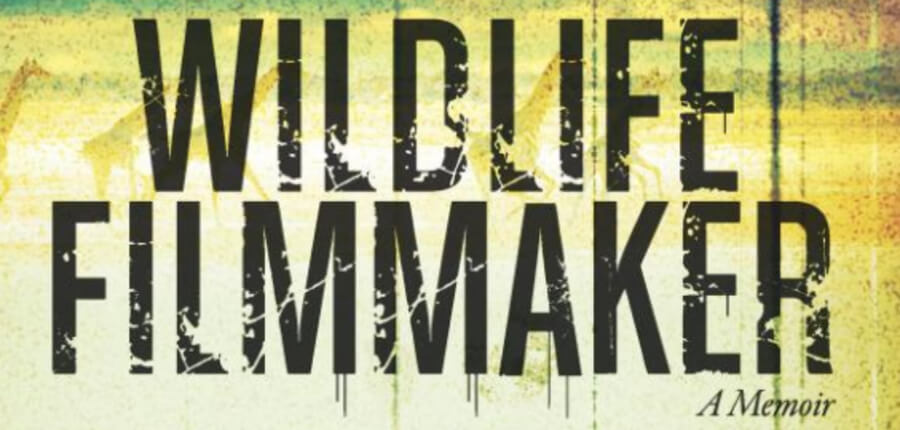In an era of global media saturation, Confessions of a Wildlife Filmmaker: The Challenges of Staying Honest in an Industry Where Ratings Are King is a timely and important book.
Author Chris Palmer is a wildlife filmmaker. The book is written as a memoir in a series of chapters called “confessions,” and Palmer acknowledges that in his early career, his “ignorance, naiveté, and self-interest” kept him silent about his misgivings about cutting corners and political maneuvering. He also admits that his actions made him “complicit.” After years in the industry and serious self-reflection, he decided to draw back the curtain on what really goes on behind the scenes.
What’s truth? What’s fiction? How many of these shows are staged? Is everything a “reality show”? Palmer laments how many wildlife films are doctored and faked and how many filmmakers ignore the impact that production crews have on wildlife.
He recounts stories such as how Disney filmmakers smeared Bengay ointment on a beaver’s anus in order to get the animal to move around more and how he himself used fake sound effects in his early work. As Palmer begins to see the contradictions within the industry and starts to speak out, he’s met with a wall of resistance. “These practices are necessary for the greater good” and “the ends do justify the means” are what his colleagues insist. But this comment sums up the sorry situation best: “Skillful deception is the essence of artful filmmaking. … And wildlife filmmakers are in the business, first and foremost, of entertainment.”
Palmer goes into scathing detail about how networks such as the Discovery Channel, Disney, National Geographic, and Animal Planet have abandoned ethics in the quest to gain viewers. He characterizes the policies of publicly revered organizations such as the National Audubon Society (where Palmer worked from 1980 to 1994) and the National Wildlife Federation (where he worked from 1994 to 2004) and their unwavering support of hunting as “murky morals.” Palmer also has the guts to call out Steve Irwin’s antics and quotes a journalist who aptly refers to them as “pet-and-pester.”
Even though it’s a bit off-topic, Palmer devotes two entire chapters to SeaWorld. Early in his career, he shot an IMAX film titled Whales. He asked for and was given permission to film an orca lunging at the camera at SeaWorld. It was only much later, after watching Blackfish and reading David Kirby’s Death at SeaWorld, that he realized he’d learned nothing about wild orcas from SeaWorld. He says he became a “convert, fully convinced that orca captivity should be phased out.”
Palmer closes with a five-part challenge: for filmmakers to condemn irresponsibly obtained footage, for viewers to use social media to make their objections known, for media outlets to be more discriminating in what they hype and promote, for educators to include ethics in their curricula, and for networks to get back to ethical ideals.
Let’s do our part to make these things happen.





